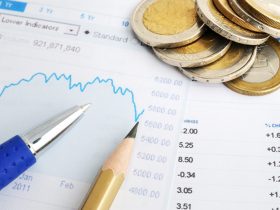By Leika Kihara
TOKYO (Reuters) – Japanese Prime Minister Fumio Kishida on Thursday stressed the need to achieve sustained, broader wage hikes to cushion the blow to households from rising living costs.
The remark, made in a speech at an annual meeting of Japan’s largest labour organization Rengo, underscores the emphasis the administration is putting on creating a cycle in which higher wages underpin consumption and allow firms to hike prices.
“Japan’s economy has long been structured in a way where cost cuts were prioritized. After three decades, we’re seeing a chance emerge to shift to an economy where wages and capital expenditure gain momentum,” Kishida said.
“We must generate a wave of sustainable wage hikes that spread to regional areas, as well as among small and mid-sized companies,” he said.
It was the first time since 2007 that a premier from the conservative Liberal Democratic Party had attended Rengo’s annual meeting, underscoring Kishida’s strategy of drawing labour and management cooperation in generating higher wages.
Japanese wages remained stagnant for decades until last year, when rising raw material costs pushed up inflation and piled pressure on firms to compensate employees with higher pay.
Major companies agreed to average pay hikes of 3.58% this year, the highest increase in three decades, suggesting that Japan is on the cusp of emerging from a prolonged period of deflation and subdued inflation.
Kishida’s calls for sustained wage rises echo those of the Bank of Japan, which has stressed that sustained wage gains must accompany durable inflation before it can end ultra-low interest rates.
The need for sustained wage increases has become more imminent, as the weak yen keeps the cost of importing fuel and raw material stubbornly high.
Japan’s core inflation hit 3.1% in August, exceeding the central bank’s 2% target for a 17th straight month, as firms continued to pass on higher costs to households.
In Japan, companies and unions kick off negotiations on pay around March for the fiscal year beginning in April in a practice known as “shunto.”
The outcome of next year’s shunto will be crucial to how soon the central bank will phase out its massive stimulus.
Read the full article here











Leave a Reply